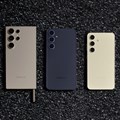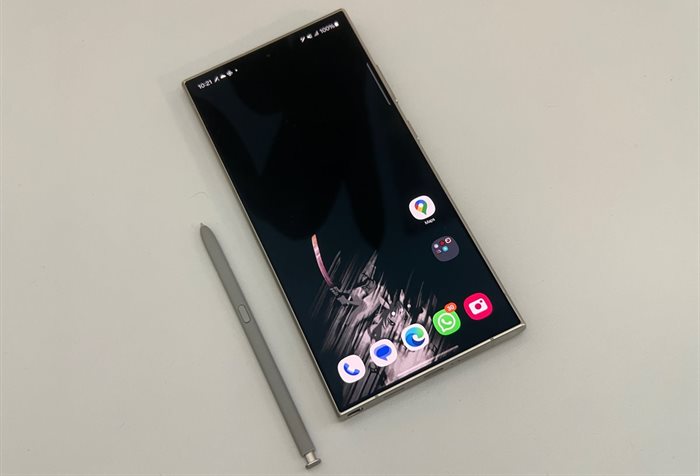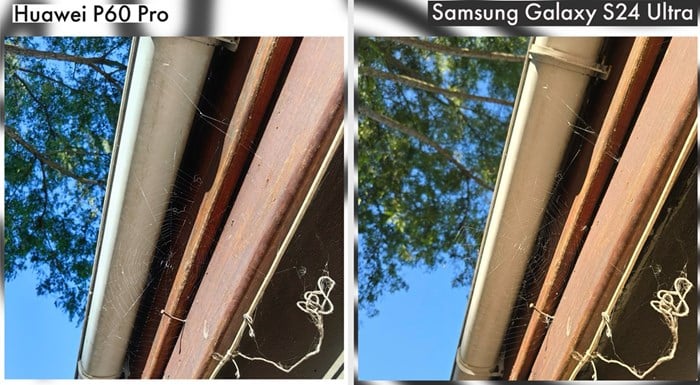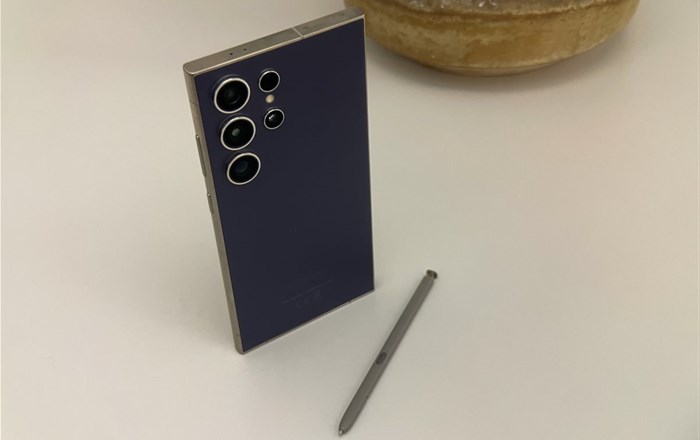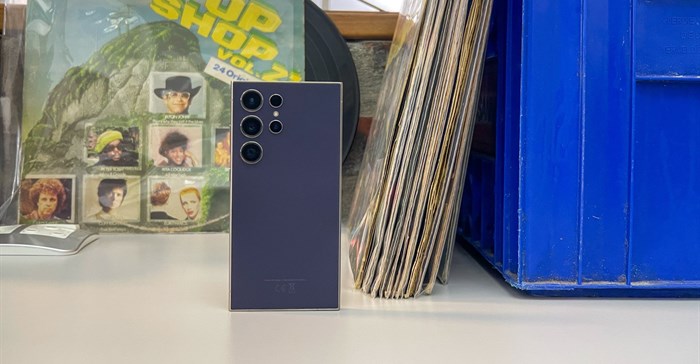
Samsung talks a big AI game in the S24 Ultra marketing material, but undermines this message by seeding the features to older models.
A lot of what makes the Galaxy S24 Ultra a lacklustre entry in the pantheon of S Pen equipped Samsung phablets is the overreliance on AI gimmicks that don’t deliver on promises. Take the voice memo transcription, for instance.
I am a journalist who records interviews in the field and I was very excited at the proposition of not having to send files off to a cloud-based engine and could have text immediately available on the same device I recorded it on.
After jumping through all the hoops of downloading the language packs and turning on/granting all the permissions for the feature to work, I finally put it to the test with an articulate interview subject.
Verdict? The Samsung transcription came in at 320 words for a 3min audio clip, which was almost 3x less dialogue than the Deepgram transcription.
This means that either the English language pack downloaded on the phone is severely limited, or the speech-to-text engine has not, in fact, advanced since Samsung began working on this technology for the Galaxy S3 in 2015.
Either way it is not a great advertisement for the Google’s Gemini Nano on-device language model and proves the idea that these portable supercomputers are ill suited for AI tasks and should be shipping data for cloud processing.
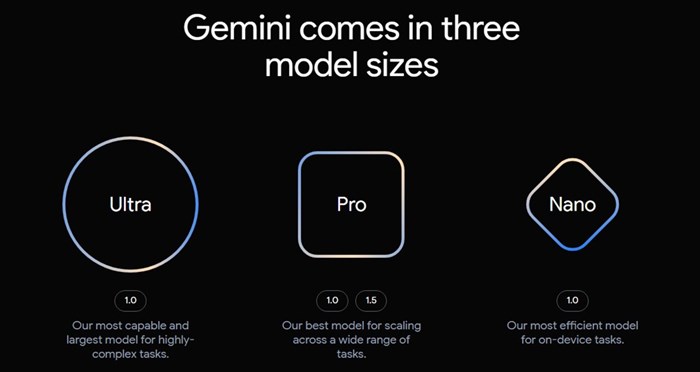
Samsung makes use of Google's Gemini Nano model for its #GalaxyAi features - Apple is rumoured to be incorporating it in the next version of iOS.
Samsung sets the bar
Beyond the Galaxy AI gimmicks features which include some forgettable cloud-connected image manipulation software, the Galaxy S24 Ultra showcases hardware advancements that I’m keen to see make it to other component customers in the immediate future.
The anti-reflective coating on the display is so good that I believe it to be witchcraft. This, combined with the replacement of blue fluorescence with a blue phosphorescence in the OLED material helps reduce OLED overall power consumption because the display doesn’t need to crank the brightness as high to compensate for ambient light.
The new OLED material is rumoured to be coming to the iPhone 16 this year, which means the patent will be licensed to other display makers to meet the iPhone production demand.
Similar anti-reflective coatings are used for the camera lenses and the quality is noticeable with the S24 Ultra closing the gap to some of the Zeiss-developed tech we are seeing on other phones that aren’t readily available in South Africa.
Samsung drops the bar
Where Samsung has lost ground in the Ultra tier of Android devices is with the image sensors that sit behind those high quality lenses. Not following other Asian phonemakers with the one-inch main sensor for a third year with the current design language is disappointing.
We’re also beginning to see Samsung’s homebaked 200MP sensor seeded to other manufacturers and pop up in midrange handsets, so for half the money you could, theoretically, get 90% of the premium Samsung experience.
S24 Ultra takes good enough stills but is handily beaten for perceived quality by Huawei’s P60 Pro which uses a two-year-old processor and an Omnivision image sensor.
What has improved over the previous generation is the zoom sensor for the longest lens – now physically bigger with a higher resolution. But it also halves the stated zoom factor from 10x to 5x.
As a video lens and for portrait photography, the 5x focal length combined with the larger size sensor is an absolute joy.
Market leader
In South Africa, the top tier Samsung Galaxy still represents the best, most up-to-date and feature rich Android experience available. With new entrants like the Honor Magic 6 Pro, however, Samsung may find the S24 Ultra losing market share.
In other territories Vivo, Google and Oppo are really pushing the boundaries while the Galaxy S-series keeps playing it safe with middle of the road results.
How long can Samsung justify the Ultra moniker? Only time will tell, but the latest entry seems a little flat and is already drowned out in the public consciousness by bolder voices.























































